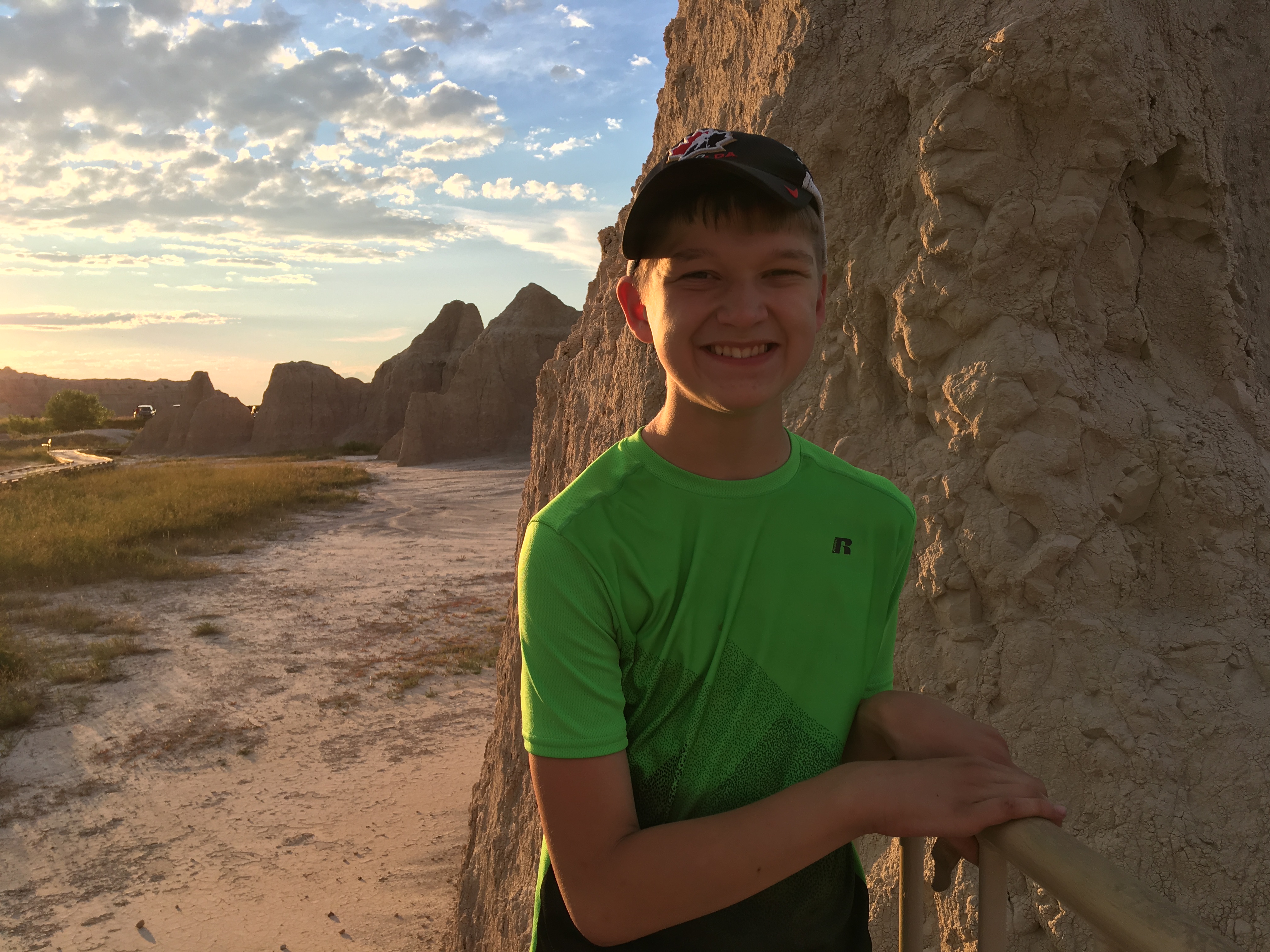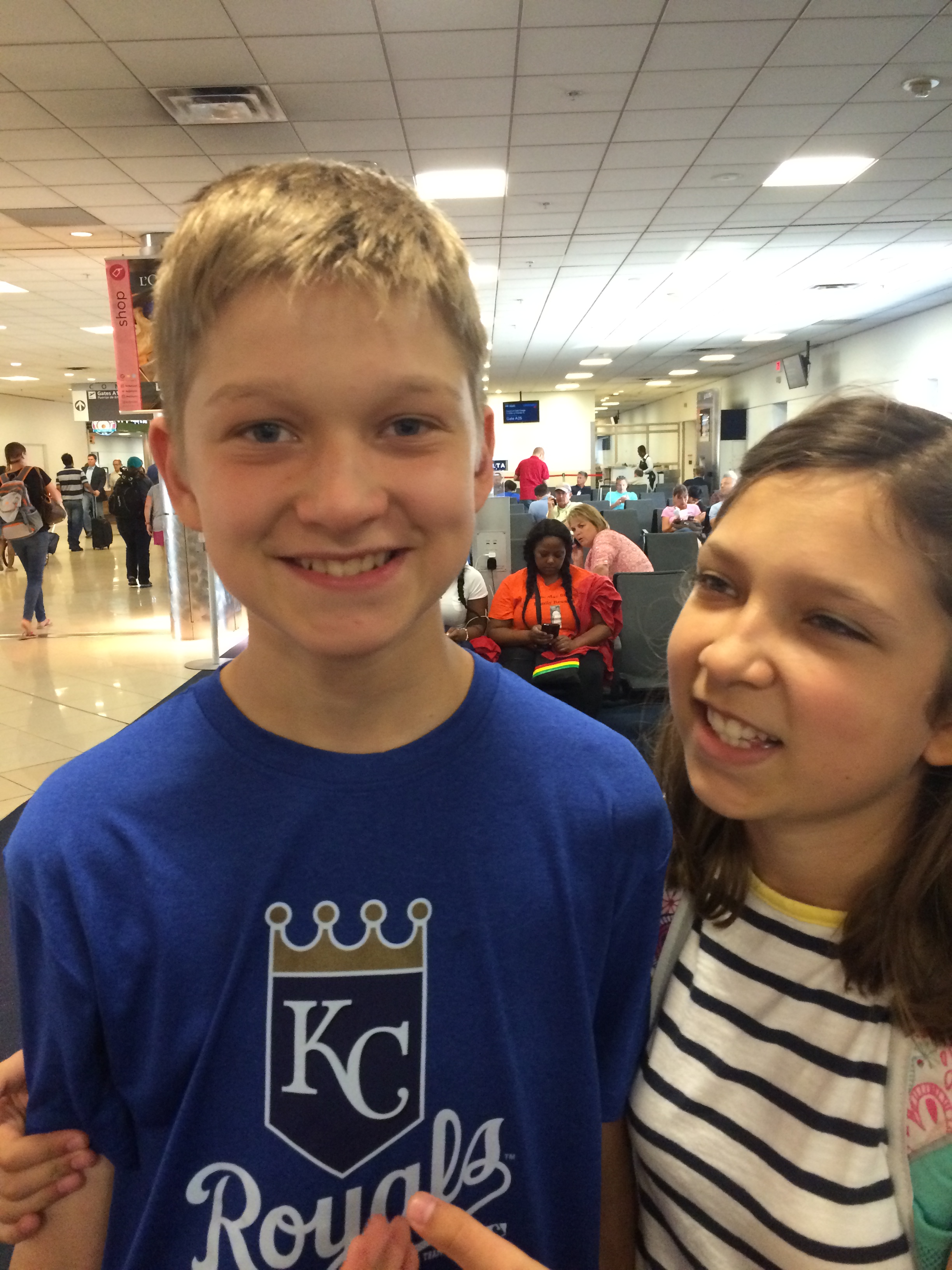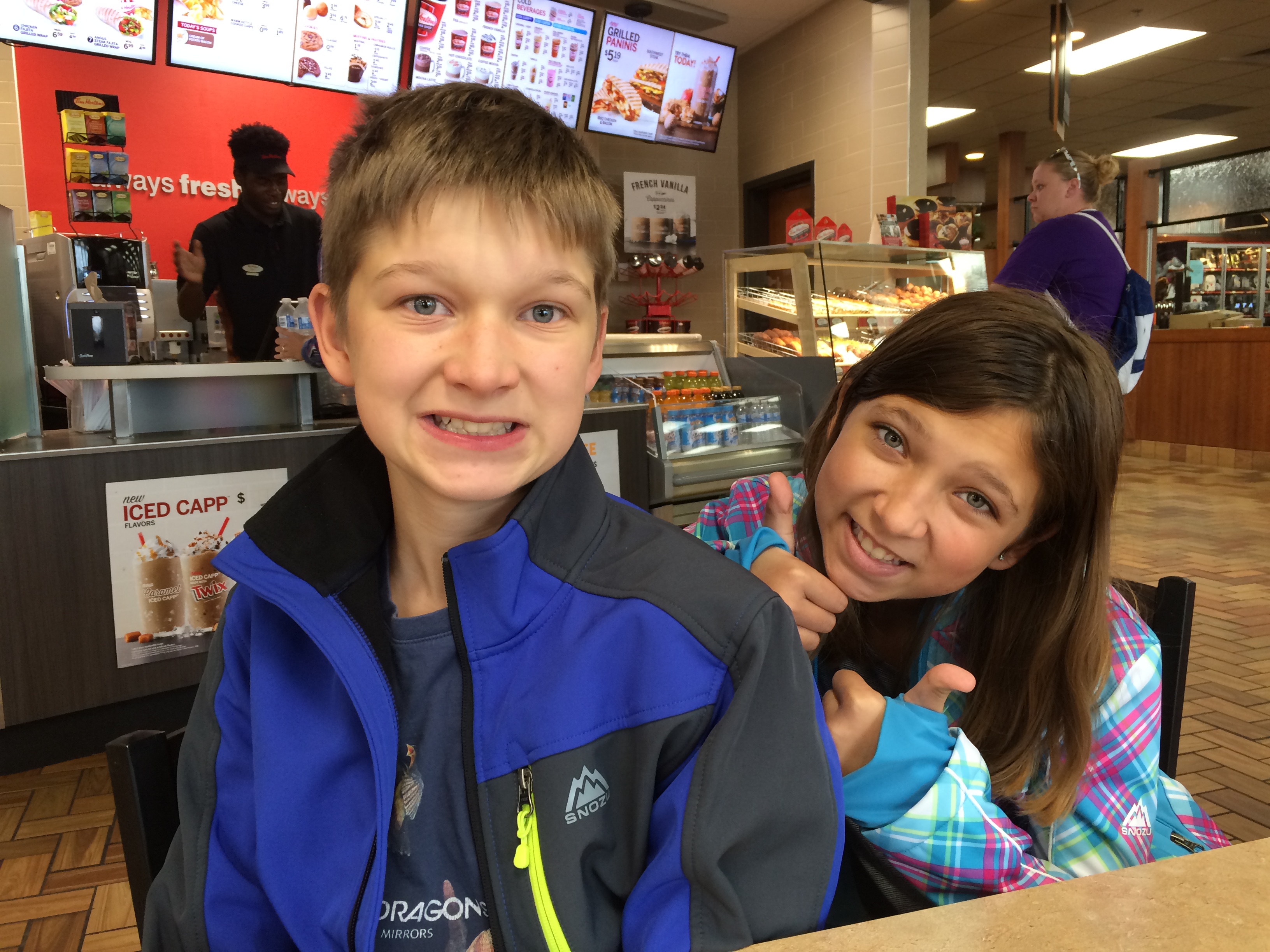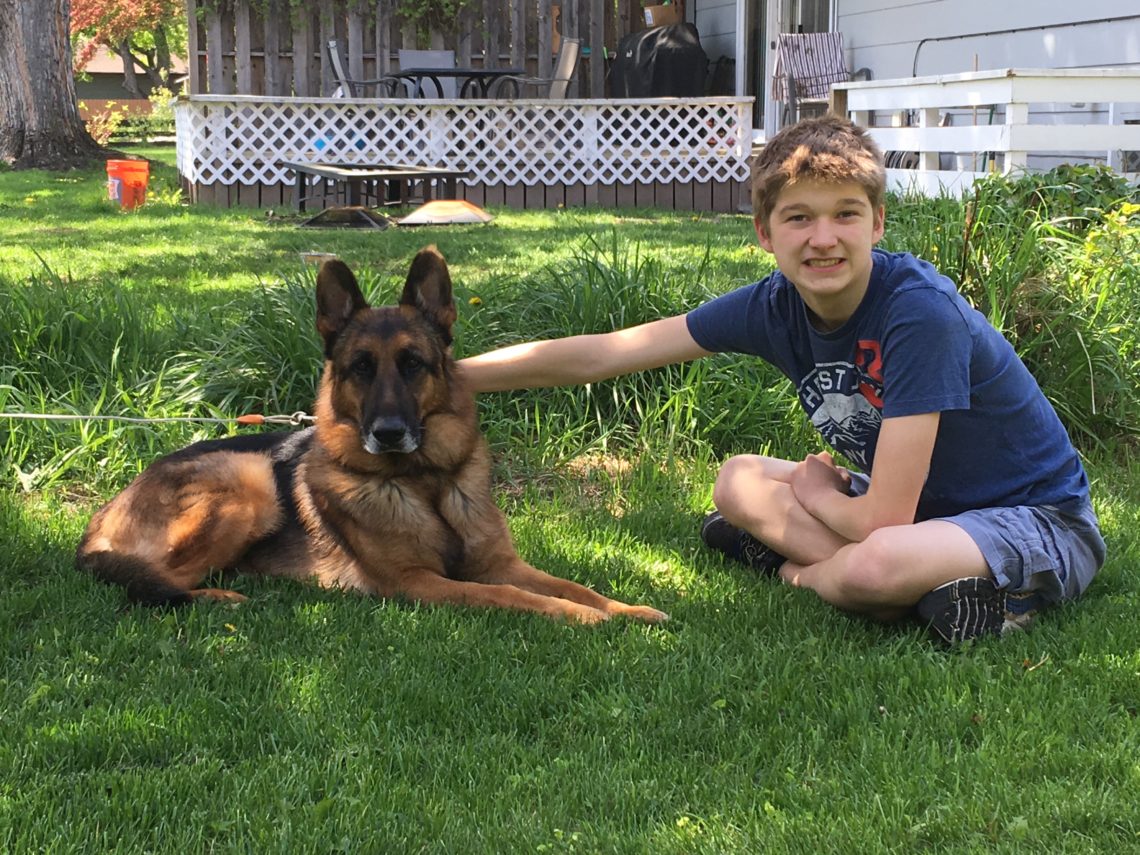
Big Dogs
The first night we brought Rudy home I bawled–even though I mentally prepared myself that those first weeks were going to be rough. The first few weeks of bringing home a dog are like bringing home a baby. It’s emotional. You know nothing about the dog or how to communicate with it. Yourroutine is suddenly interrupted and there are potty accidents and there’s a lot of stress. Because we had Fred (and went through that entire “new” experience before) I reminded myself that the first few weeks were tough before we brought Rudy home. It didn’t matter. I still ended up bawling a lot.
The one adjustment I hadn’t expected was that owning a big dog is different than owning a small (or even medium sized) dog. Big dogs are strong, making them challenging to handle. Big dogs have to be in control of themselvs at all times. Little dogs can get away with jumping on people. Little dogs can charge other dogs and bark in their faces and get away with it. Big dogs can’t do those things because a big dog out of control scares people (and can be dangerous).
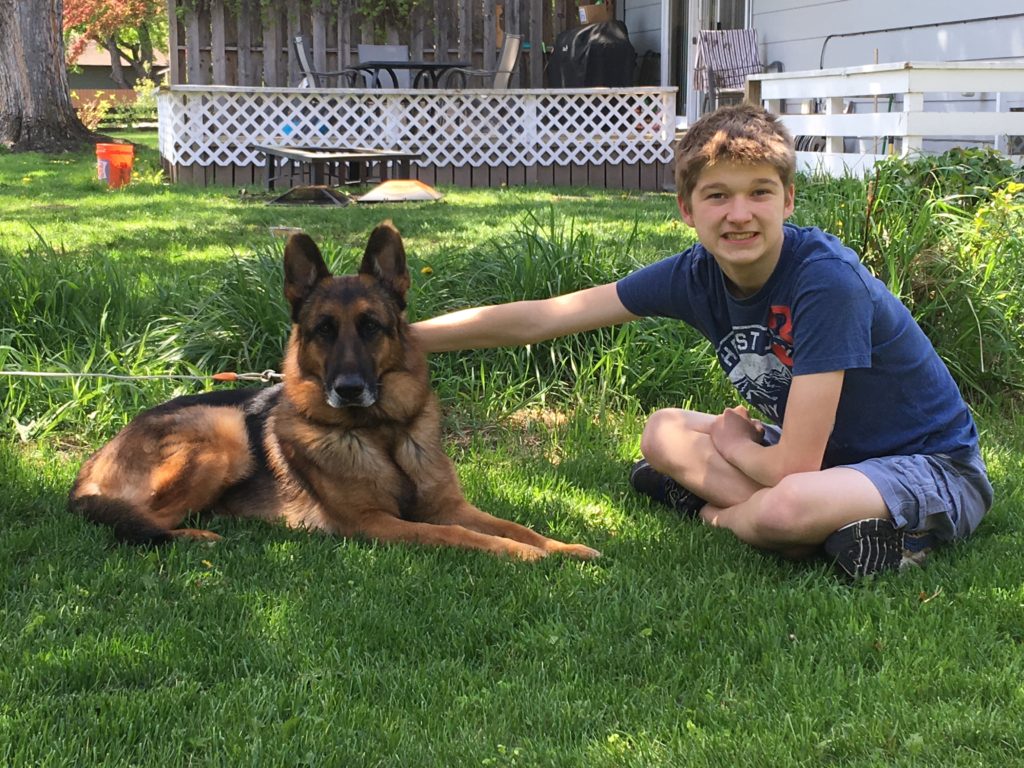
It’s crazy sometimes how training and raising a dog can mirror teaching and raising a child with autism. Let me be clear–I’m not saying that an autistic child is like an animal. I’m saying that children with autism require clear directions, structure, predictability, trust, and often react to stimuli and stress in similar ways. People often assume dogs want and react to things the same way humans do. (Oh, I love dogs, so I’ll give this dog a hug–humans like hugs, right? I’ll show the dog how much I love her with my hugs. Except most dogs don’t like hugs. They find them stressful or threatening). People assume (or expect) children with autism to want and react to the same things they do, not thinking they might perceive those things as stressful and threatening too. And the “big dog baggage”? That definitely applies to autism too. Most people can put up and tolerate little kid autism meltdowns. Grown up autism meltdowns? Those are a little more scary.
Now that school is out, J really, really wants to spend a lot of time with Rudy. Which is fantastic. But Rudy is different than Fred. Rudy is bigger than Fred, and therefore comes with the “big dog baggage.” It’s not that Rudy is a bad dog. In fact, he’s a pretty well behaved dog and came to us knowing a lot of his basic commands. He’s really patient–and really tolerates J’s tentative pets on his head or back (tentative meaning darting his hand forward and backward a few times before he gains confidence in himself to pet Rudy). But Rudy’s big and strong and because he’s big and strong, Rudy has to be on best behaviour at all times, and since he’s still new to our family, Rudy really needs some support from people who know what they’re doing to give him confidence and help him remember his manners.
So when J announced that “he wants to be Rudy’s master too,” I was a little tentative to the idea.
J is a nervous kid and dogs pick up on that very quickly (just like kids with autism pick up the anxiety and stress of people around them). J has zero upper body strength, so if Rudy were to see a rabbit or get spooked, I guarantee you J won’t be able to keep him in control.
I figure the only way this is going to work is to make sure Rudy knows all his commands all the time (come, drop it, stay, look, etc)–even in high distraction situations and that J is trained and has confidence on how to be a good “leader” around Rudy.
So that’s one of our summer projects, and this has been the typical conversation the past few weeks on our daily walks:
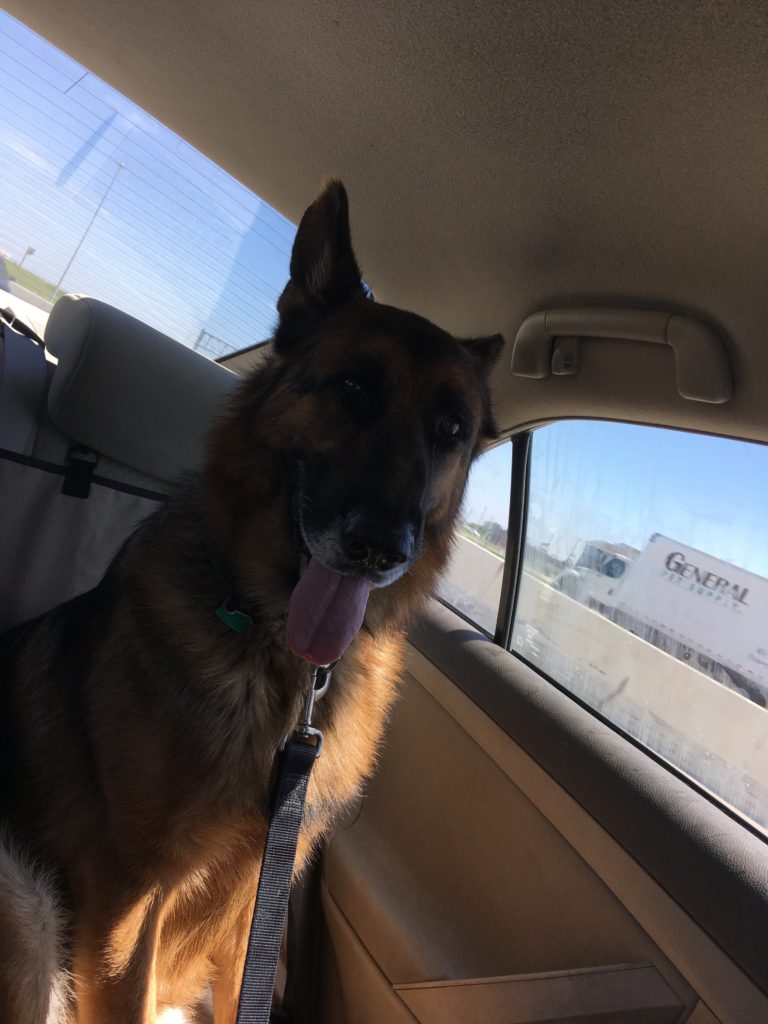
“You’re the leader,” I remind J daily as we take Rudy for a walk. “Rudy wants you to let him know that he’s safe walking with you. That means that he needs to know that you know the walking rules. He needs to know that the rules for ‘heel’ with you are the same as the rules for ‘heel’ with me. Just like you like to know that the rules you follow are the same wherever you go.”
These walks are just as much a lesson in self awareness and psychology for J as they are lessons on walking a dog.
Right now, we’re working on eyes up. J tends to stare at the ground whenever he walks. I’m not sure if that’s because balancing still is a challenge for him and it takes more concentration or if he’s just a typical teen that likes to stare at his feet and ignore the world.
“You need to look ahead of you and be the leader. You need to watch out for things that might be too much for Rudy. Kids running around. Loud construction noises. Other dogs. Just like you have your teachers and paras at school to help you keep focused or keep you safe when you feel overwhelmed and nervous.”
J really caught onto that concept quickly. He knows what it’s like to be overstimulated and anxious.
We’re working on basic commands while we walk. Teaching Rudy to sit at the corner before crossing the street while J looks both ways before crossing. Once again, I’m really focusing on teaching J the “leader” role, and J is loving the responsibility (and being in charge of something–for most of his life, someone has always been “in charge” of him).
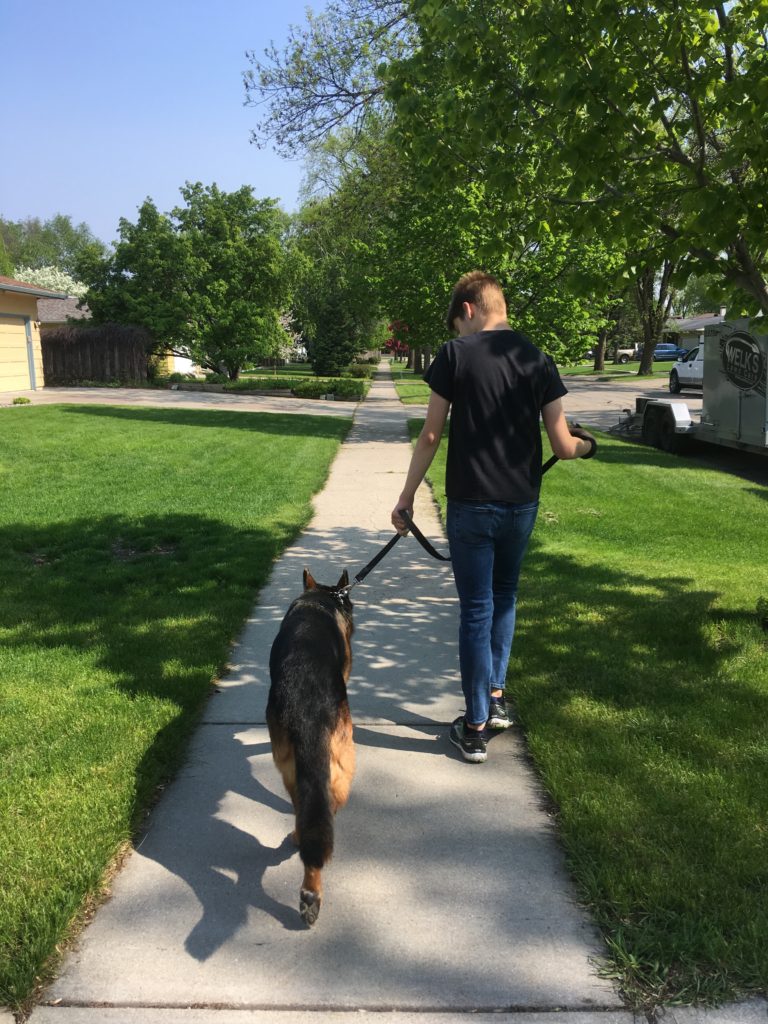
Rudy and J are two peas in a pod in a lot of ways. Maybe that’s why J’s got this urge to connect with Rudy recently. Learning to lead Rudy helps him realize that there’s someone else out there that might see the world in a similar way to him, and it’s his turn to show that someone else to navigate.
As Rick says to the Captain as they walk off into the fog at the end of Casablanca, “Louis, I think this is the beginning of a beautiful friendship.”


